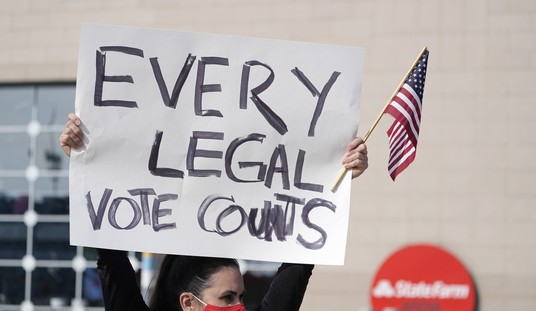All countries have mental illness, but its expression differs dramatically by culture. Historically, in Southeast Asia, men whose minds were coming unglued displayed symptoms of wild, uncontrolled violence. It was called "amok" and entered our language as "running amok." In the Middle East, the afflicted showed symptoms called "zar" -- inappropriate outbursts of laughing, singing and screaming. In 19th century Europe, women had "hysterical" blindness and unexplained paralysis. In 20th century America, young people suffering from anorexia starved themselves to death in the belief that they were obese.
Our culture, for complex reasons, has given rise to a new expression of madness -- the mass shooting followed by suicide.
A few of our worst -- San Bernardino, Orlando, Fort Hood, Charleston -- were terrorist attacks. The killers were not crazy, just bent on destruction for political ends. But the majority of mass shooters over the past several decades have been mentally ill men. The Virginia Tech killer had displayed many signs before his assault. So had the killers in Newtown, Aurora, Tucson, Washington's Navy Yard, and on and on.
In 1966, a 25-year-old ex-Marine stabbed his mother through the heart. He then did the same to his wife, covering their bodies with sheets. He left a note confessing to the crimes and asking that an autopsy be performed on him after his death. Later that day, he climbed the tower at the University of Texas and began a shooting spree that lasted 96 minutes. Fifteen people, including teenagers, were killed, and more than 30 were injured before police were able to kill the man and end the siege.
An autopsy was performed. The shooter, who had visited many psychiatrists and other doctors complaining of headaches, was found to have a brain tumor, a glioblastoma, the size of a pecan.
Recommended
Because the Las Vegas killer's last act was to put a gun in his mouth and blow his brains out, an autopsy may be of limited value in this case. We can only do a social autopsy, and so far, that has led only to more questions. He was utterly outside the usual categories of mass killers. He wasn't young. He was wealthy. He had displayed no previous signs of mental instability. His massacre was meticulously planned and executed -- not a case of running amok with a gun. Any explanation, even that he had somehow become a devotee of ISIS (which the terrorists claimed afterward but which is highly doubtful), would at least piece this together.
But even before learning what motivated this killer, we can shake off some of the old dust that encrusted the gun control debate. This is not about "gun violence" writ large. Most people know that deaths from guns have been declining over the past several decades even as gun ownership rates have risen. It is not about "silencers" either, as people who shoot guns for sport will tell you. The James Bond image of "silenced" guns stealthily dropping people is mostly a Hollywood invention.
A nation with a Second Amendment, a strong belief in the right to self-defense and 357 million guns in circulation is not going to have an Australian-style confiscation. Gun control absolutists need to live in the real world. The U.S. is not going to become Japan, which has almost no guns, or Switzerland, for that matter, which has a gun in every home and virtually no violence.
That said, if we understand that the thing we are trying to prevent is the next mass shooting, banning "bump stocks" would seem reasonable. These adaptations to the AR-15 -- the Las Vegas mass murderer seemed to be using one and appeared to have many in the hotel suite -- permit the user to fire so rapidly that the semi-automatic weapon becomes in effect an automatic one. No "good guy with a gun" stands a chance against a bad guy in that situation.
Machine guns, grenades and other weapons have been heavily regulated since the National Firearms Act of 1934. A 1986 amendment made it illegal for civilians to own a fully automatic weapon manufactured after May 19, 1986. Machine guns of older vintage are available but extremely expensive and highly controlled. That's as it should be. No one thinks our Second Amendment rights are compromised because machine guns are nearly impossible to obtain. So are bazookas and Stinger missiles.
The American psychosis of mass shootings isn't just a gun problem. Publicity, the modern opiate, may be a motive, which is why, in my small way, I try not to contribute. I don't name the killers.
I believe the shootings of random, happy people doing normal, quotidian things are a symptom of the spiritual emptiness and loneliness that afflicts a subset of our people -- a byproduct of family dissolution and fraying communities. It won't be solved by any gun measure. But if there's a good reason not to ban bump stocks, I haven't heard it.

























Join the conversation as a VIP Member